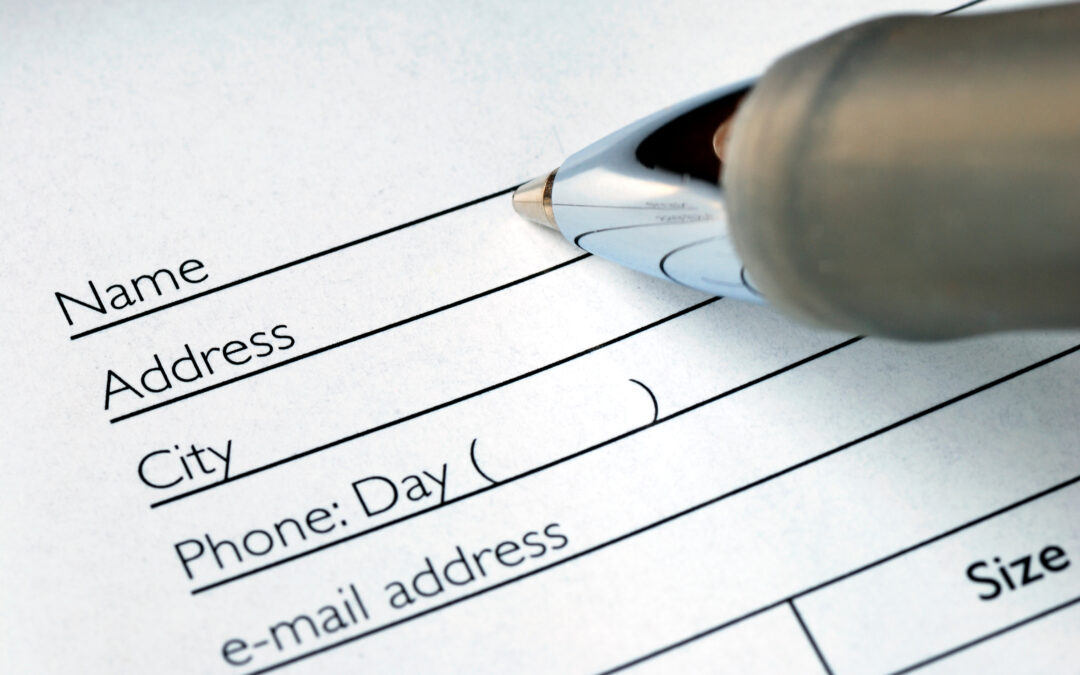The idea is initially impressive: tens of thousands of editorial contacts are always accessible and the contact data is constantly checked by the provider and corrected if necessary. This means you are always up-to-date without having to lift a finger. At least that is the marketing message of the database providers. But is that really an advantage? From the perspective of PR practice, the opposite might be true.
Do I actually use the offer?
The first question to ask about PR software with an integrated editorial address database is how often I actually use it. As a rule, the individual topics are always played to the same press distribution lists. Sometimes this may be fewer, for example in the press department of a company with a clearly defined positioning, sometimes more, for example in a PR agency that serves several different target groups. Depending on the range of topics, these distribution lists can have a very differentiated structure; in other cases, three or four press lists are sufficient. However, this eliminates the need to always have access to tens of thousands of contacts right from the start.
Does constant access to editorial addresses pay off?
It does happen that new target groups have to be developed and that a new press distribution list is necessary. Here, of course, it is very convenient if you can quickly select in the PR database and – poof – a new distribution list is available. What many users don’t consider, however, is the fact that this service must also be paid for. In other words, it is included in the price of the solution, which drives up the cost. Or it can be booked separately, which also entails regular additional costs. The alternative is to buy addresses only when you actually need them. Some providers refuse to do this by simply renting out the addresses and thus literally “binding” their customers.
Does external maintenance increase data quality?
The answer to this question is clearly “no”. Some people emphasize how great it would be if they didn’t have to worry about updating their contacts anymore and if this would happen automatically. The fact is, however, that a PR professional usually knows his or her target audience better than someone hired solely to do research and maintain data. This is particularly evident in the example of “info@” e-mail addresses. These are encountered time and again in the selections of large address databases, as their users repeatedly tell us during product presentations. In case of doubt, you can of course reach the publisher via such an address, which can usually simply be found in the imprint on the website of the respective medium. But not necessarily the editor responsible for the topic in question. Finding their e-mail addresses and then classifying the contacts correctly according to their interests is, of course, much more time-consuming. The fact that many address databases regularly list the editor-in-chief, but not the entire editorial team, may be due to the need to minimize costs, but is often not expedient. If there is then a change of personnel and the personal mail address is overwritten with the “info@”, the fiasco is complete. Therefore, owning data also means having control over it. Because without automatic synchronization, there is no risk of data simply being overwritten or even deleted.
Is data maintenance too much work?
Here, too, it’s worth taking a look at the day-to-day work of a PR professional. Very few will send out press releases on a daily basis. Let’s assume there are two to three per week, sent as personalized e-mails via distribution lists maintained in the company’s own system. Most of the returns here are absentee notes. Only if a contact has changed jobs, gone on maternity leave, parental leave or retired, or even passed away, is there a need for adjustment. But the number of such returns is usually very manageable. In most cases, a short phone call is all that is needed to establish the new contact. With the advantage that this contact is absolutely qualified.
Why should I get addicted?
There are many ways to get editorial contacts: In addition to address providers, it is also worthwhile to browse the Internet, study the imprint of interesting media, or even create an option on your own website where interested journalists can sign up for a press distribution list. No matter how I get this data: Afterwards they belong to me. And that’s important in more ways than one. On the one hand, contact data are the capital of any PR agency or press department. If I work with the PR solution of an address provider, I can only use it. When you switch providers, they’re gone.
And last but not least: The data protection!
In times of DSGVO, traceability is also important: Who communicated what with whom and when? This does not work with contacts that are processed by third parties or are no longer there because you have changed providers. In other respects, too, you are on the safer side when it comes to DSGVO with your own data: If, for example, a contact not only wants no more mails, but wants to be deleted from the database, I have a big problem. Because I can’t delete the contact at all and even less make sure that I don’t write to him again. After all, he’ll be back at the next selection. And if I work quite comfortably with press distributors prefabricated by the provider, this issue is not manageable at all.

